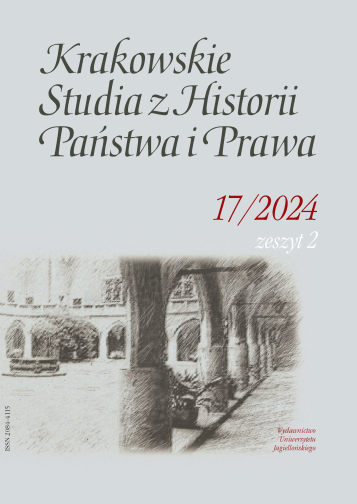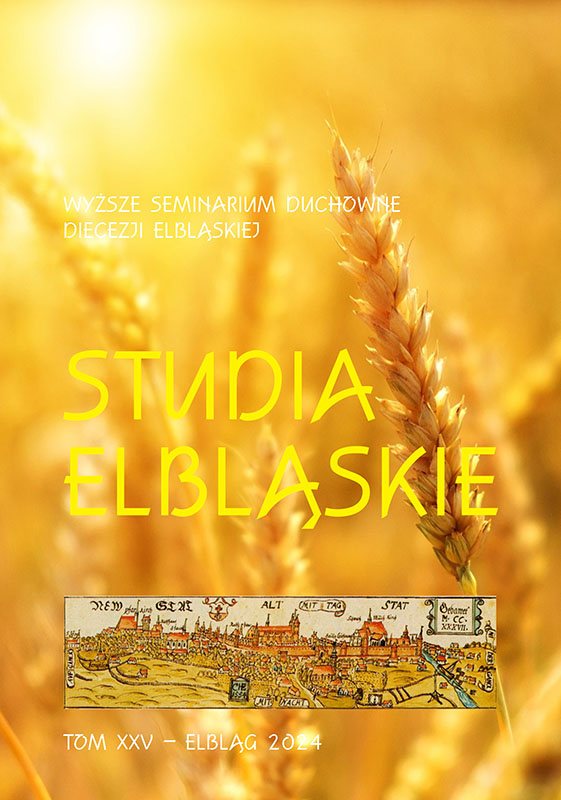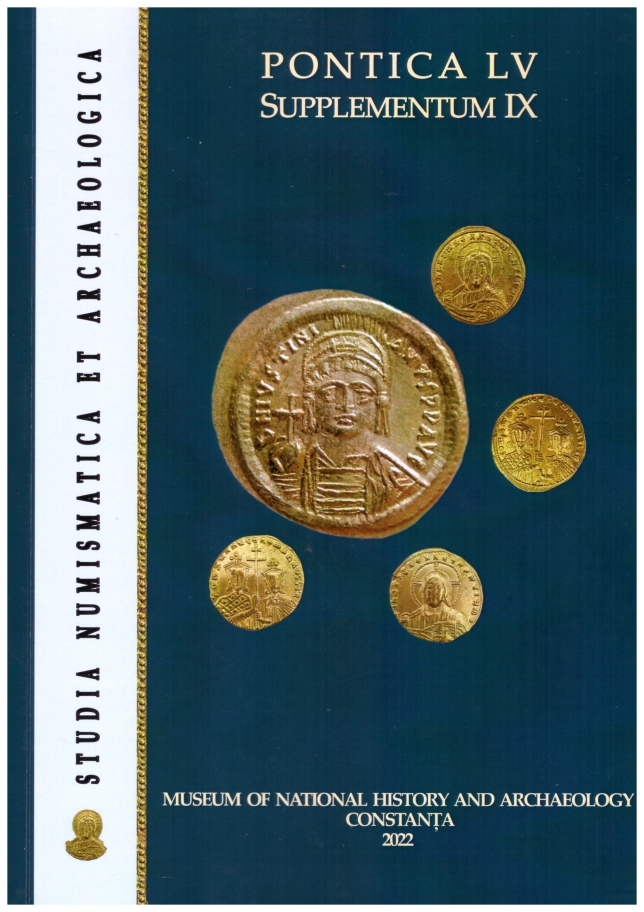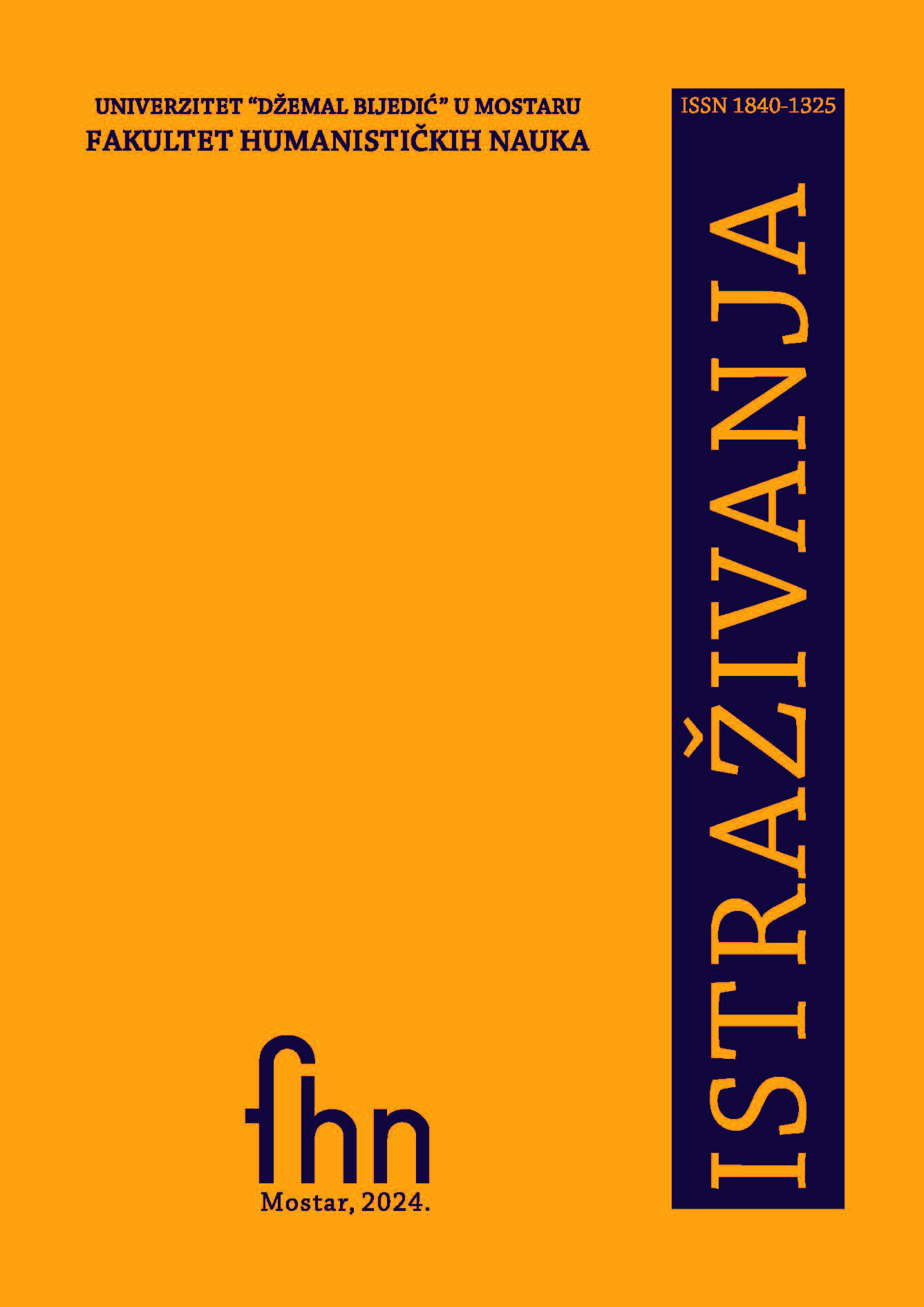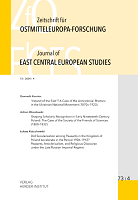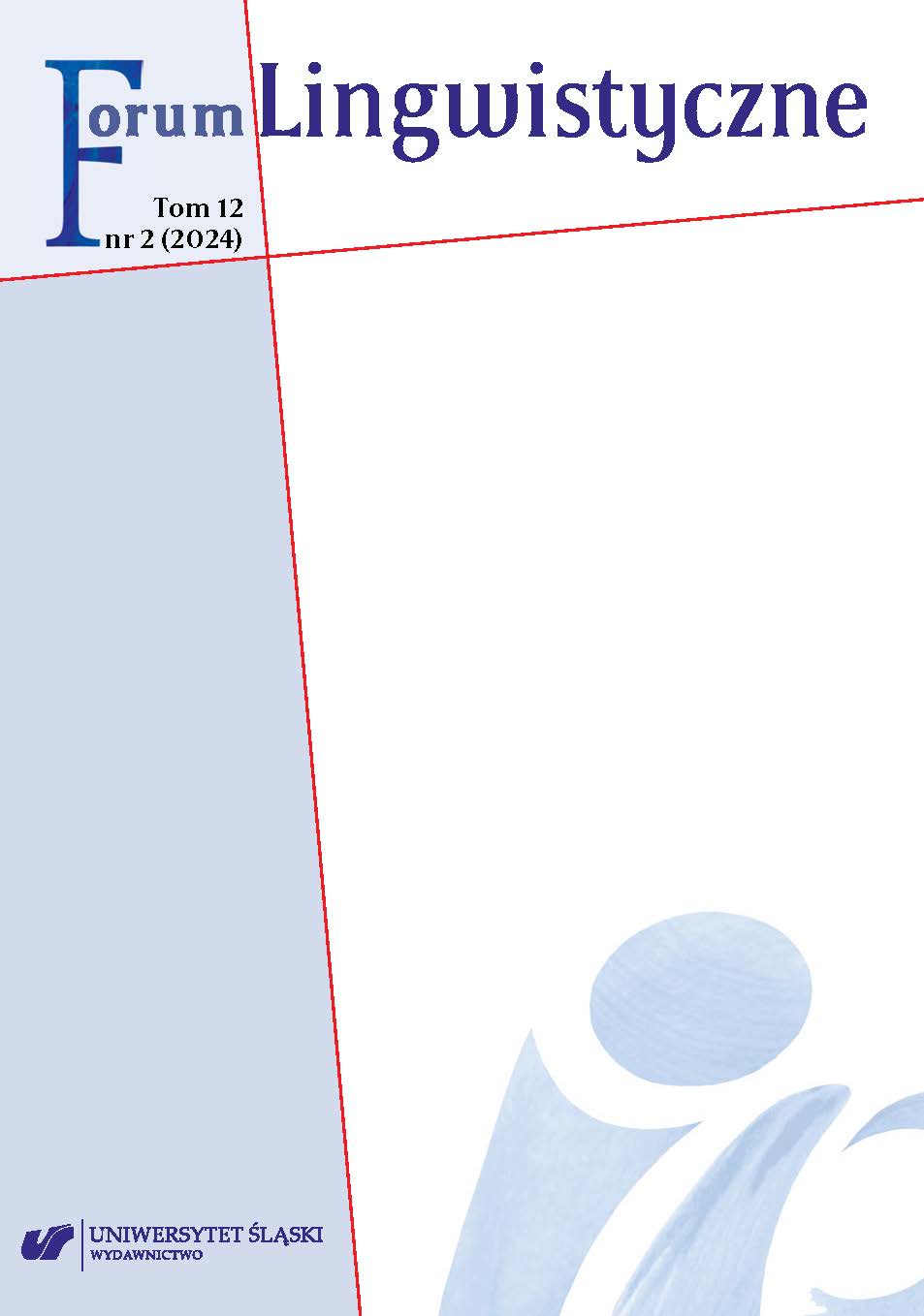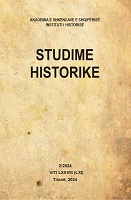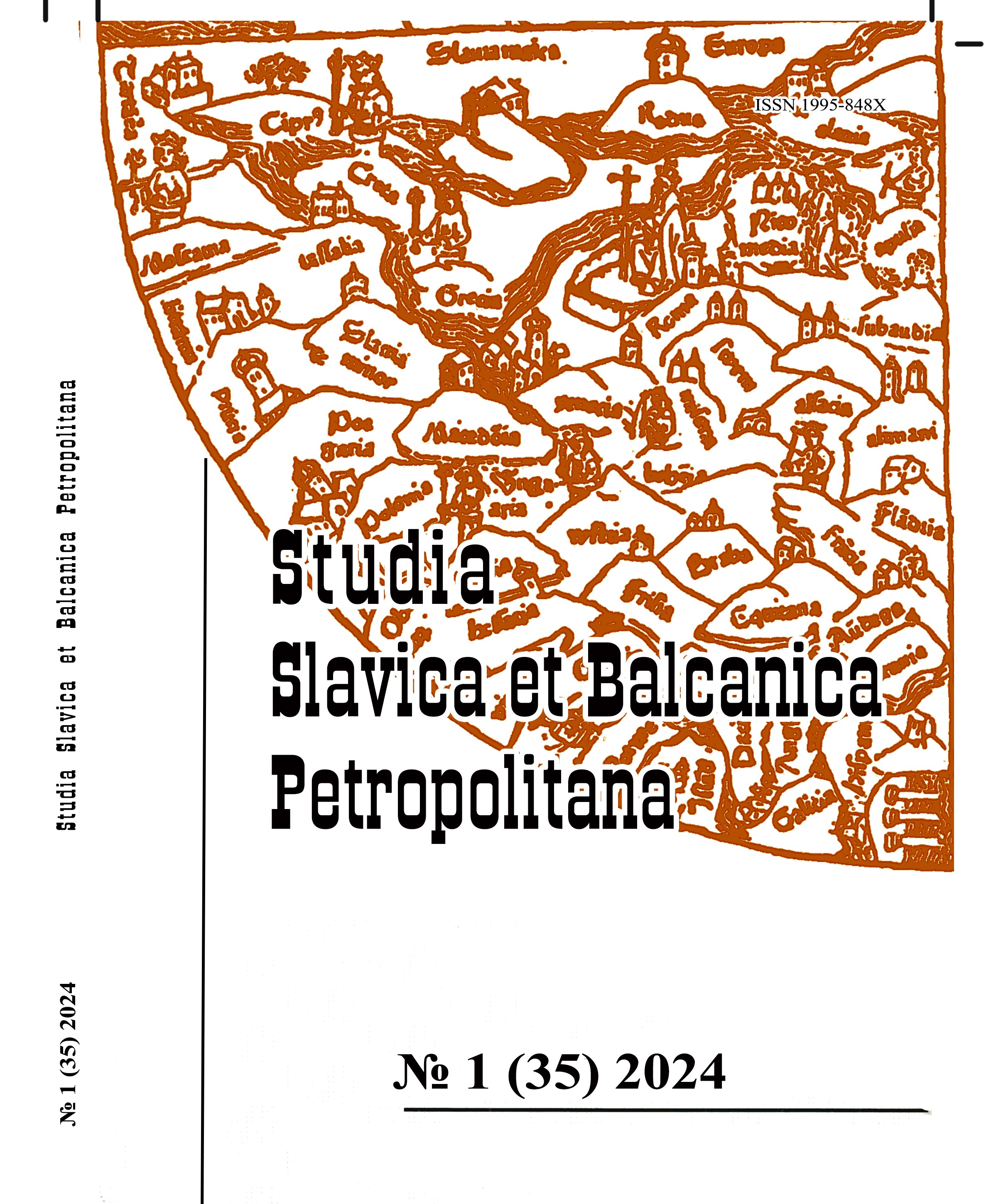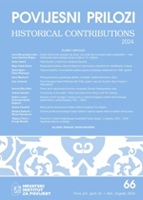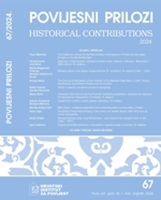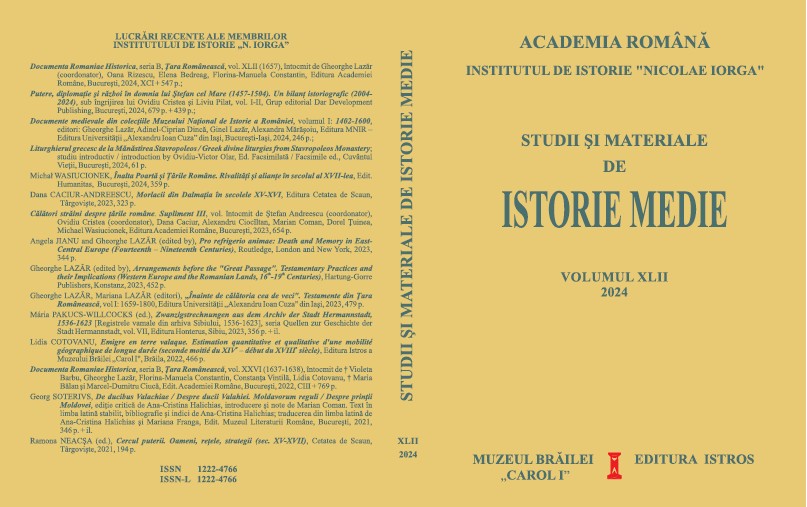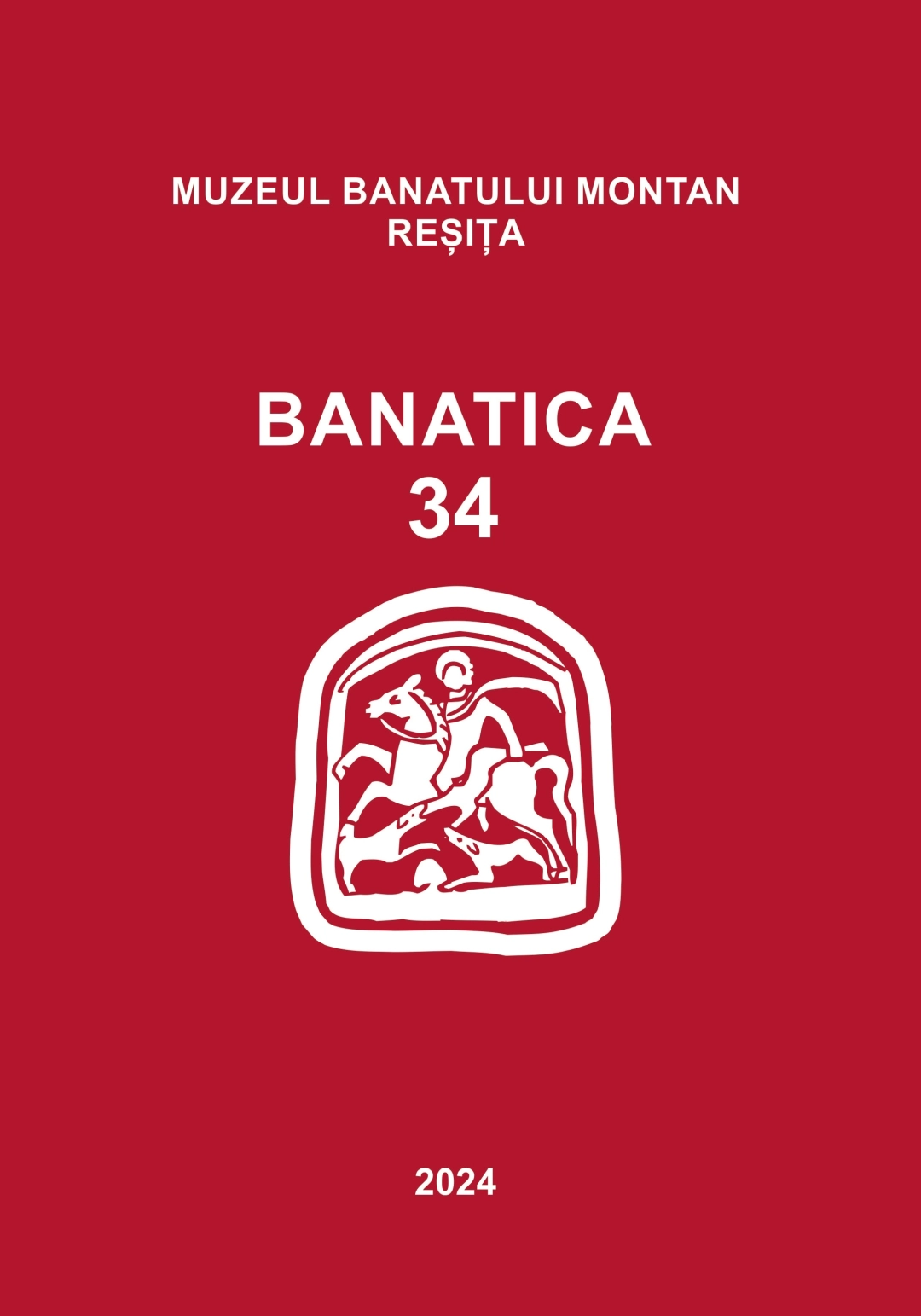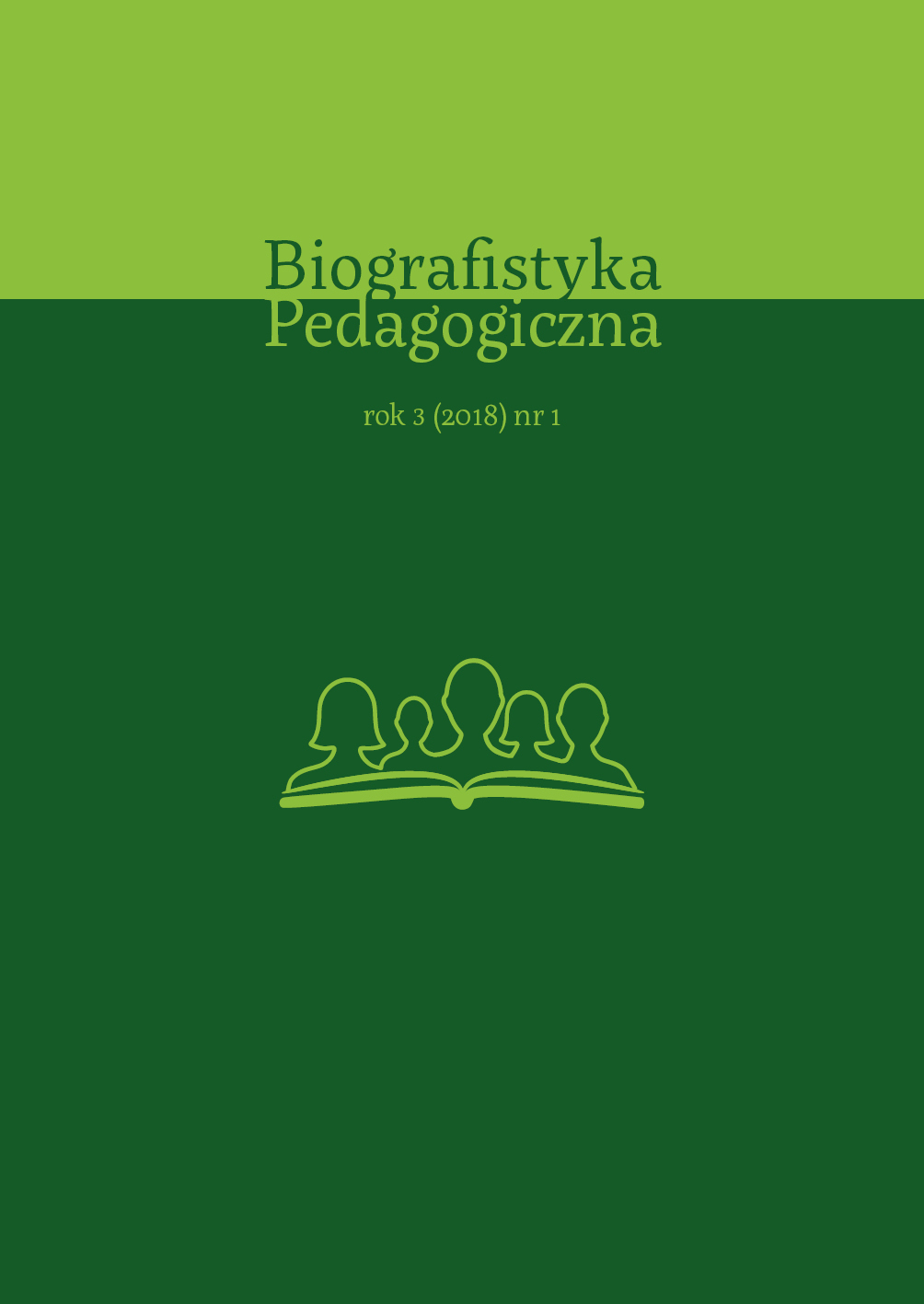Author(s): Andrzej Kopiczko / Language(s): Polish
Issue: 25/2024
Cardinal Stanislaus Hosius, as Bishop of Warmia, needed collaborators to assist him in ecclesiastical and secular administration. Even before he became ruler of the diocese, he befriended several people who held the canonical dignity in the Warmian Cathedral Chapter, but who worked at the royal court. This group included Paweł Płotowski. He also maintained contacts with Jan Dantyszek. After receiving his nomination for the Bishopric of Warmia, he appointed Kacper Hannow as his plenipotentiary to take over the diocese and swear in the articuli iurati. Since the bishops of Warmia, until the end of the 18th century, had a double authority as diocesan ordinaries and lay administrators of their domain, it was necessary to employ two types of officials. In terms of clerical authority, duties were performed by functionaries with titles and competences accepted in the universal Church. These included the vicar and general officiate, chancellors, secretaries and court chaplains. In the event of a departure outside the territory of Warmia, the bishops had to appoint a diocesan administrator sede impedita. Among the most important people who took up these offices, who were Warmian canons, we should mention Eustace Knobelsdorf (officiate and administrator of the diocese sede impedita), Jan Leoman (chancellor), as well as Szymon Worein and Stanisław Reszka (secretaries). He had great confidence in Jan Grodecki, Maciej Hein, Andrzej Nidecki, Henryk Samplawski and Tomasz Treter. The Jesuits should also be included in this circle: Alphonse Salmeron and John Jacob Astensis. The Dominion was obliged to employ Prussian indigens in its secular administration, which was supervised by the cathedral chapter. One of the most important offices, modelled on the courts of the magnates, in this sphere was that of country alderman. To this post, Hosius first appointed George Preuck, then Philip Potritte and Christopher Troschke. The bursars-general, who supervised the economy in the seven bailiwicks, became: Nicolas Loka, Bartholomew Danckfart, the previously mentioned Jan Leoman and Jan Hatten (who was related to the Hosius family). The court marshal was first Absalom Reymann and then Mikołaj Płotowski, probably related to the canon Paul Płotowski. In the bailiwick with its seat in Dobre Miasto, he appointed his elder brother Jan Hozjusz as starost. The bishop’s castles were managed by burgraves, but their names are difficult to establish, as is the court service, which - taking into account the bishop’s seat, castles and commons – numbered around 200. The most trusted person, however, was Marcin Kromer, from 1551 canon of Warmia, from 1570 – cardinal coadjutor and, from 1579, bishop of Warmia. Stanislaus Reszko, 40 years his junior, should also be included in this group. However, one can conclude that Stanisław Hosius’ relations with people from Warmia were of a rather official nature. He took over some officials from his predecessor, Jan Dantyszek. This was due to the need to continue in power and benefit from their experience more than personal trust. Among the clergy, not all those appointed to the most responsible posts proved entirely loyal to their superior, but canon Eggert Kempen remained among the strong contenders. The main cause of contention was the question of Prussian indigeneity.
More...
